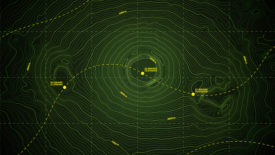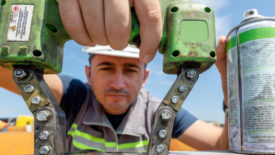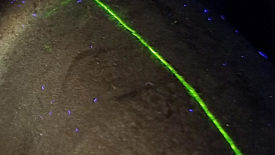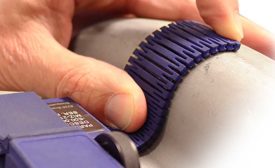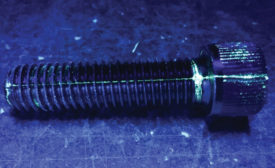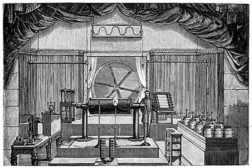Home » Keywords: » Magnetic Particle Testing
Items Tagged with 'Magnetic Particle Testing'
ARTICLES
NDT | Certification
NDT certification is mandatory for individuals working in industries where the integrity of materials and structures is of utmost importance.
Read More
NDT | ASNT Column
NDT Applications for Manufacturing of Amusement Park Rides
Ensuring thrills are safe and sound.
June 13, 2024
ASNT Column | Muriel Magloire
Enhancing Safety Through Nondestructive Testing (NDT): Preventing Catastrophes and Ensuring Integrity
NDT plays a major role in preventing disasters and upholding safety standards.
March 12, 2024
Back2Basics
5 Things to Consider When Choosing a Mag Particle Yoke [Checklist]
In this article we outline some key factors to consider when selecting the right electromagnetic yoke or contour probe for magnetic particle testing.
October 10, 2022
NDT | Back 2 Basics
Flaw Detection 101
Each NDT method has its advantages and disadvantages, so knowing what your flaws of interest are and where they tend to be located can be extremely helpful.
June 9, 2022
ECA Probes Improve Inspection Flexibility—in More Ways than One
Eddy current array results can be saved, shared, stored, processed, and compared at any time.
December 10, 2019
Testing, Trust, and Traceability
You can often re-inspect a part, but there’s no way to restore lost traceability
August 1, 2016
The Rebirth of Eddy Current Nondestructive Testing
Advanced techniques such as ACFM and Eddy Current Array are making rapid strides.
August 11, 2014
Stay in the know with Quality’s comprehensive coverage of
the manufacturing and metrology industries.
eNewsletter | Website | eMagazine
JOIN TODAY!Copyright ©2025. All Rights Reserved BNP Media.
Design, CMS, Hosting & Web Development :: ePublishing



